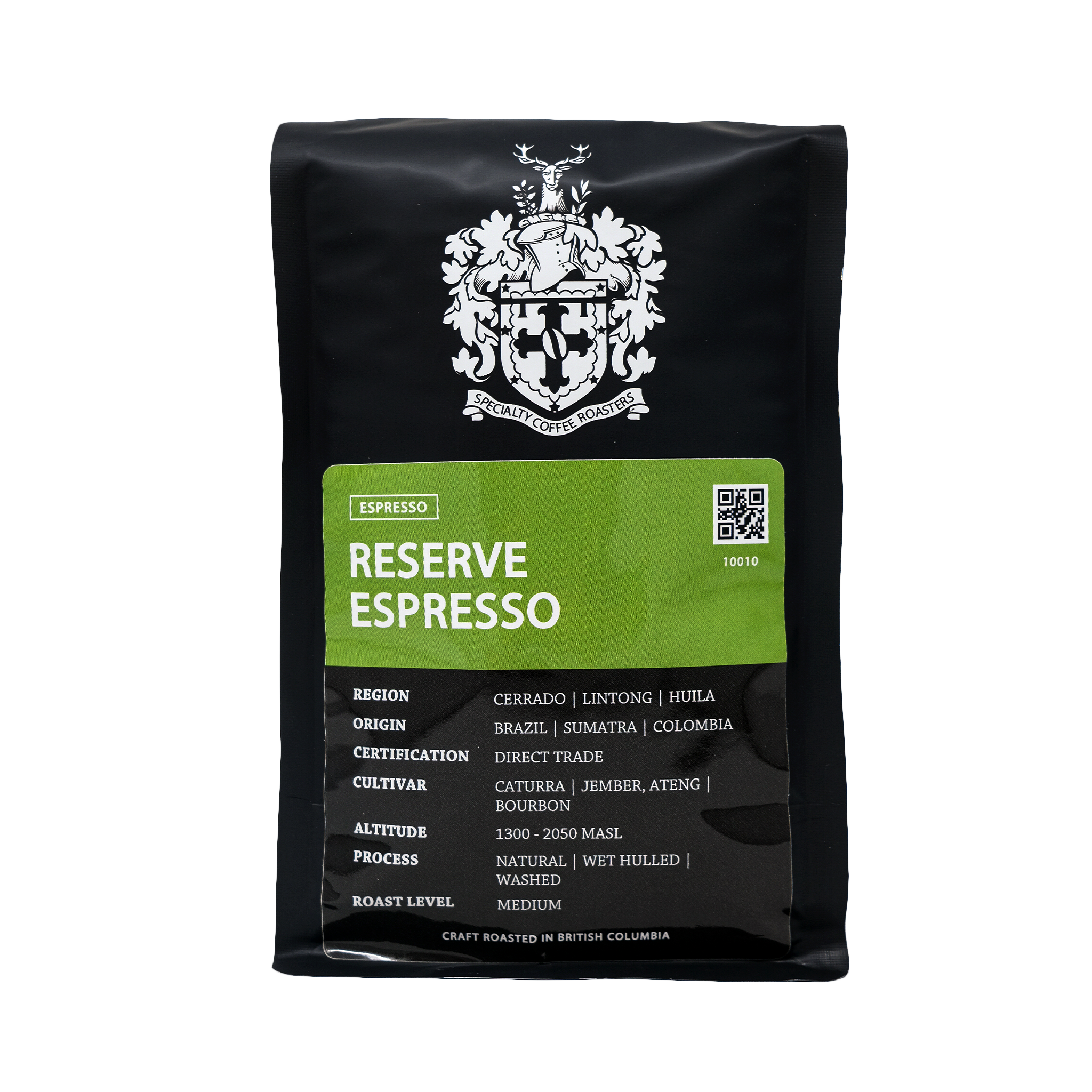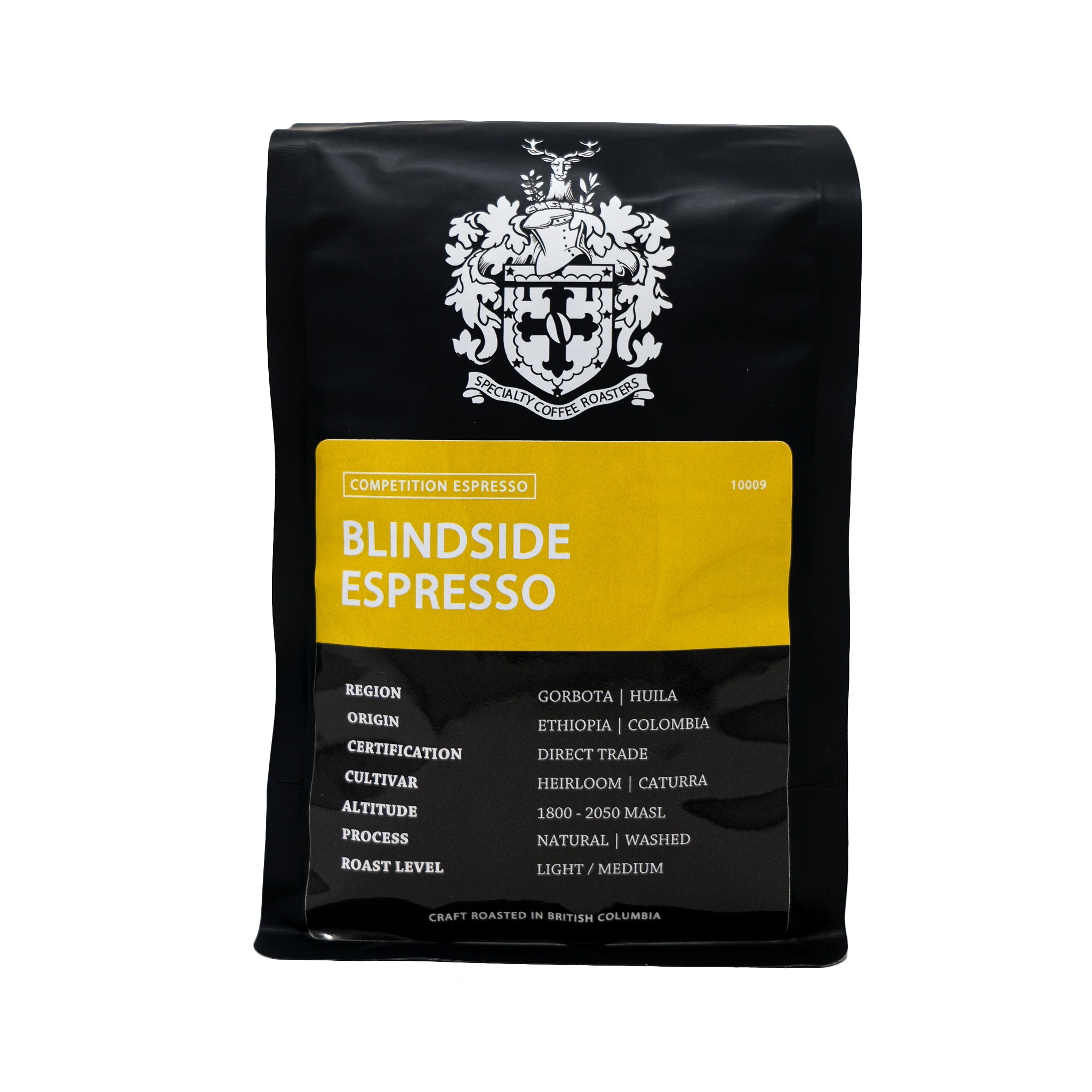Why is Craft Coffee more expensive than regular coffee? Learning about coffee production and why the price is worth the flavour
Why is Craft Coffee more expensive than regular coffee? Learning about coffee production and why the price is worth the flavour
In the ever-evolving world of beverages, craft coffee has taken center stage, gaining a significant following among coffee enthusiasts. This rise in popularity often comes with a hefty price tag, leading many to ask: Why is craft coffee more expensive than regular coffee?
Understanding the journey from bean to cup can shed light on the value and complexity behind each sip. Let’s dive into the intricate process of coffee production and explore why the price is worth the flavour.
What we are covering in this article:
- Why is Craft Coffee Expensive?
- The Journey of Coffee: From Bean to Cup
- Why the Price is Worth the Flavor
- Craft Coffee price compared to coffee pods, and why you might not see that you are already paying a premium for day-to-day coffee
Why is Craft Coffee Expensive?
We’ll cover all the details about why next, but if you are looking for a short answer: Craft coffee may come with a higher price tag as its costs are deeply rooted in quality, ethics, and sustainability. From the careful selection of high-quality beans to the artisanal roasting process and rigorous quality control, every step is designed to create an exceptional coffee experience with a superior taste.
The Journey of Coffee: From Bean to Cup
1. Sourcing High-Quality Beans
The foundation of exceptional craft coffee lies in the quality of the beans. Unlike mass-produced coffee, which often uses beans from various sources to cut costs, craft coffee relies on single-origin beans. These beans are typically sourced from specific regions known for their unique flavour profiles. The meticulous selection process ensures that only the highest quality beans make it into your cup.
Factors influencing bean quality include:
-
Climate and Altitude: Beans grown at higher altitudes in ideal climates tend to have better flavour profiles. Regions such as Ethiopia, Colombia, and Guatemala are renowned for their coffee.
-
Soil Composition: The nutrient-rich soil in these regions contributes to the distinct characteristics of the coffee beans.
-
Harvesting Methods: Craft coffee often involves hand-picking ripe cherries to ensure uniformity and quality.
2. Ethical and Sustainable Farming Practices
Craft coffee producers are committed to ethical and sustainable farming practices. This dedication not only supports the environment but also ensures fair wages and working conditions for farmers. Certifications like Fair Trade, Rainforest Alliance, and Organic are common among craft coffee brands, further adding to the cost.
Key practices include:
-
Shade-Grown Coffee: This method promotes biodiversity and reduces the need for chemical fertilizers.
-
Organic Farming: Avoids synthetic pesticides and fertilizers, promoting healthier ecosystems.
-
Fair Trade Practices: Ensures that farmers receive fair compensation, improving their quality of life and the sustainability of their communities.
3. The Art of Roasting
The roasting process is crucial in determining the flavour and aroma of coffee. Craft coffee roasters often employ small-batch roasting techniques, allowing for greater control and precision. This artisanal approach ensures that the unique characteristics of each batch of beans are fully developed.
Factors in roasting include:
-
Roast Profiles: Different roast levels (light, medium, dark) bring out various flavours. Light roasts, for instance, preserve the bean’s original flavours, while dark roasts create a bolder taste.
-
Roasting Equipment: High-quality, often custom-made equipment is used to achieve consistent and precise roasts.
-
Roast Masters: Skilled roasters, often with years of experience, meticulously monitor and adjust the roasting process to achieve the perfect balance.
4. Quality Control and Testing
Quality control is a rigorous process in the world of craft coffee. Before reaching the consumer, beans undergo multiple rounds of testing and tasting. This process, known as “cupping,” involves evaluating the aroma, flavour, acidity, body, and aftertaste of the coffee.
Steps in quality control include:
- Sampling: Small samples of beans are roasted and brewed for tasting.
- Cupping Sessions: Expert tasters, known as Q-graders, assess the coffee to ensure it meets the desired standards.
- Adjustments: Based on feedback, roasters may make adjustments to the roasting process to enhance the final product.
Why the Price is Worth the Flavor
1. Superior Taste and Aroma
Craft coffee’s meticulous production process results in a cup that boasts superior taste and aroma. The attention to detail in sourcing, roasting, and quality control ensures that each cup offers a unique and memorable experience.
Key flavour notes include:
-
Fruity and Floral: Often found in Ethiopian coffees, offering vibrant and complex profiles.
-
Nutty and Chocolatey: Common in Central and South American beans, providing a rich and comforting taste.
-
Spicy and Earthy: Typical of Indonesian coffees, delivering a bold and intense flavour.
2. Support for Ethical Practices
By choosing craft coffee, you support ethical and sustainable practices. This commitment helps protect the environment and improves the livelihoods of coffee farmers. Knowing that your coffee is produced with care for people and the planet adds to the overall satisfaction of each sip.
3. Customized and Unique Experience
Craft coffee often provides a personalized experience. Many craft coffee shops and roasters offer customized blends and brewing methods tailored to individual preferences. This level of customization is rarely found in mass-produced coffee, making each cup of craft coffee a unique journey of discovery.
Craft Coffee price compared to coffee pods, and why you might not see that you are already paying a premium for day-to-day coffee
Coffee pods have become a staple for many due to their convenience and ease of use. However, when comparing the cost of craft coffee to coffee pods, the price difference might not be as significant as it initially appears. Let's explore how these costs compare and uncover why you might not realize that you are already paying a premium for your everyday coffee.
While coffee pods offer convenience, their cost per cup can be higher than that of craft coffee, especially when considering the quality and flavour differences. For both coffee types, you’ll have an initial investment in equipment which can be spread out over time, reducing the overall cost per cup significantly.
The main price difference is what you end up paying for the actual coffee. For the five grams of coffee in each Nespresso pod, you end up paying an incredible $88+ per pound of coffee while you can purchase the 6-time Golden Bean medal winner Reserve Espresso Coffee for $22 per pound. So if you are buying pod coffee, you pay 4 times the price of our premium coffee.
If you buy pod coffee, you are paying 4 times the price of award-winning premium coffee!
Take that into consideration when choosing your next batch of coffee, you’ll have a better deal going with recognized, award-winner coffee instead of pods that may fall short in areas that true coffee aficionados prioritize, such as freshness, complexity of flavour, and the ability to customize the brewing process.
Ready to try Craft Coffee? Here is our selection from Oughtred Coffee:







